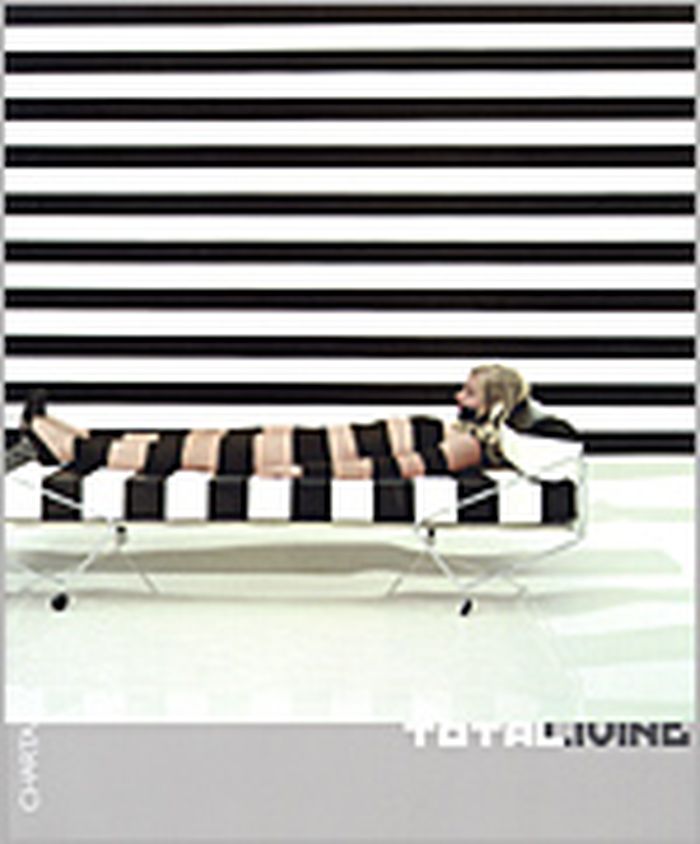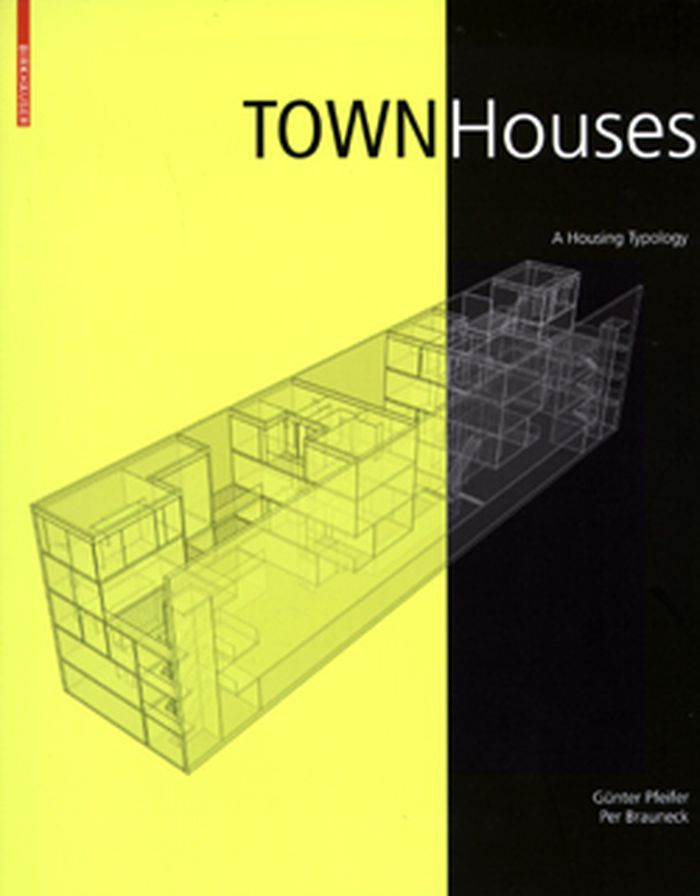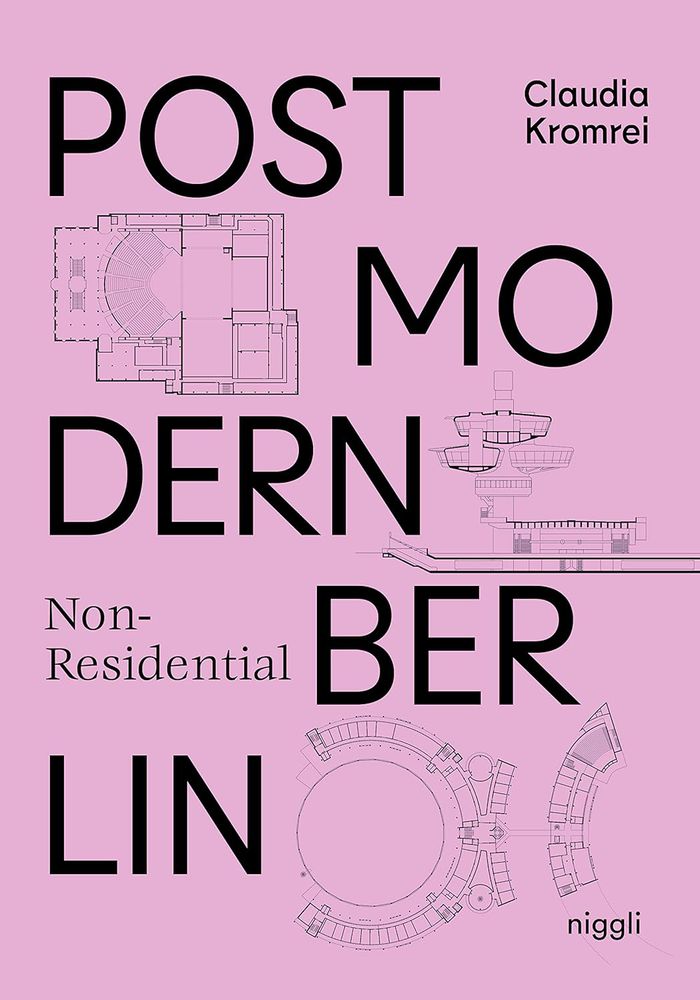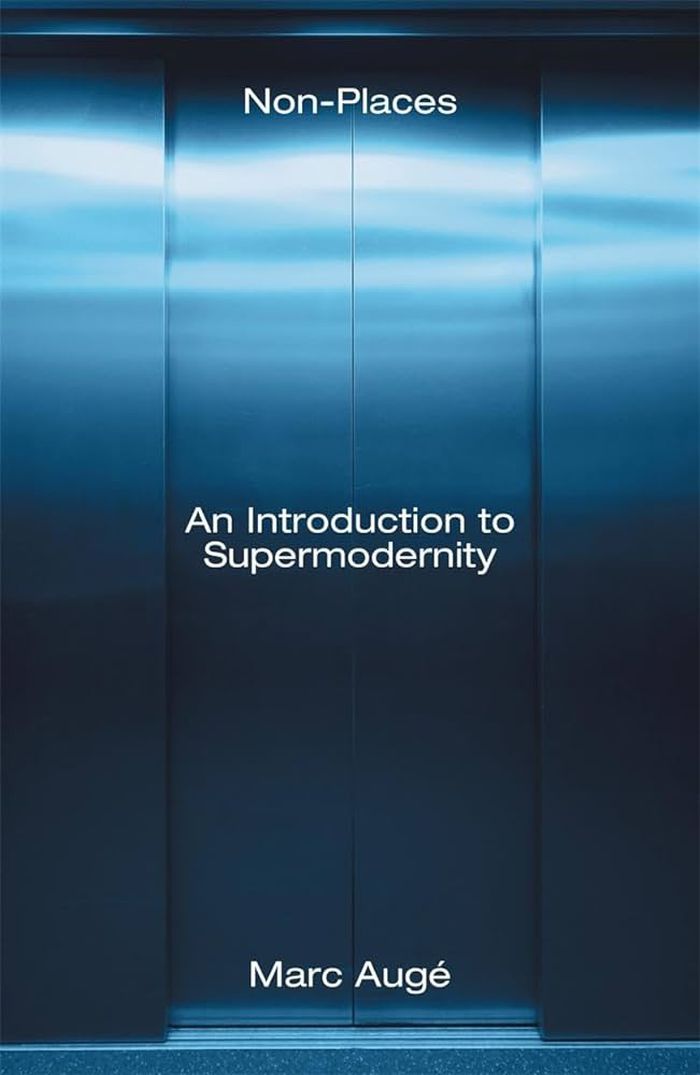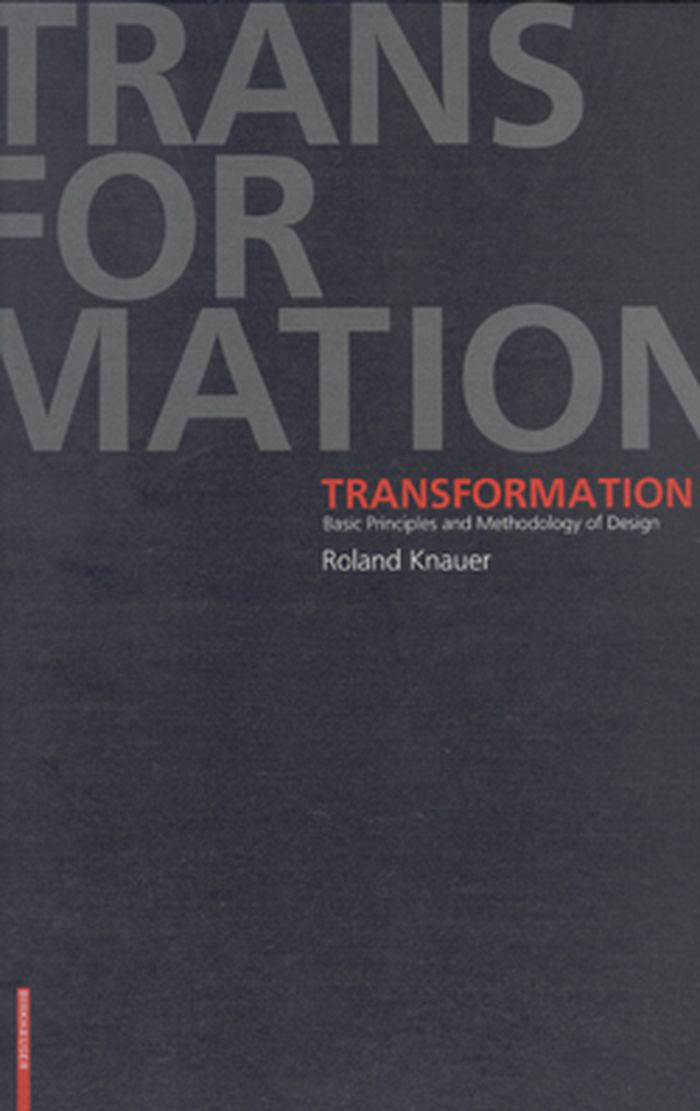$63.95
(available to order)
Summary:
From total look to total living: Alchimia, Tadao Ando, Armani, Vanessa Beecroft, Benetton, Pierre Cardin, CP Company, Courrèges, Diesel, Diller & Scofidio, Droog Design, Final Home, Dan Flavin, Tom Ford, Future Systems, Eileen Gray, Gucci, Andreas Gursky, Halston, Herzog & De Meuron, Tommy Hilfiger, Damien Hirst, Ikea, Philip Johnson, Rei Kawakubo, Calvin Klein, Rem(...)
Interior Design
January 1900, Milan
Total living : fashion, architecture, design, art, communication
Actions:
Price:
$63.95
(available to order)
Summary:
From total look to total living: Alchimia, Tadao Ando, Armani, Vanessa Beecroft, Benetton, Pierre Cardin, CP Company, Courrèges, Diesel, Diller & Scofidio, Droog Design, Final Home, Dan Flavin, Tom Ford, Future Systems, Eileen Gray, Gucci, Andreas Gursky, Halston, Herzog & De Meuron, Tommy Hilfiger, Damien Hirst, Ikea, Philip Johnson, Rei Kawakubo, Calvin Klein, Rem Koolhaas, Helmut Lang, Le Corbusier, Levi's, Mandarina Duck, Marni, Steven Meisel, Alessandro Mendini, Ludwig Mies van der Rohe, Issey Miyake, Moschino, Helmut Newton, Nike, NL Architects, Ora-Ito Studio, John Powson, Prada, Emilio Pucci, Ralph Lauren, Claudio Silvestrin, Hedi Slimane, Paul Smith, Ettore Sottsass, Philippe Starck, Versace, Louis Vuitton, Bruce Weber, Yves Saint Laurent. Styles and lifestyles are fast becoming uniform under labels and definitions of fashion, and as an industry and a cultural form. Total Living is the point of no return in a project which, step-by-step, develops strategies whose goal it is to offer an even more sophisticated and targeted lifestyle. It is a place where there are definitions for clothes, behavior modes, and even the atmoshpheres and spaces in which one moves. Assuming the contours of a landscape of the future, this scenario raises topical themes and problems connected with the overwhelming power of consumerism. Accompanying scholarly essays consider the thematic universes of fashion designers and brands; models of total living in 20th century history; references to total living in mass culture; living and eating; arty fashion and fashionable art; the world of fashion design; the languages of shopping; urban fashion districts; and advertising as a narrative. A rich and interconnected iconographic passage visually narrates the various forms and ramifications of total living today and in the recent past through a succession of utopias, life-projects, urban visions, architecture, special homes, stores, art galleries, museums, and editorial pages and ads from fashion and lifestyle magazines. With texts by Papla Antonelli, Francesco Bonami, Michele Ciavarella, Emanuela de Cecco, Riccardo Dirindin, Roberto Monelli, Herbert Muschamp, Chee Pearlman, Michele Sernini, Dietmar Steiner, and Deyan Sudjic.
Interior Design
$51.95
(available to order)
Summary:
To continue to develop existing building types and do so in an intelligent way is one of the crucial tasks in the field of residential building. For the success of the individual design as well as for ensuring that tried and tested structures can be utilized, repeated, and varied in a wide range of situations, a deeper understanding of the underlying types is(...)
Miniature Architecture
November 2008, Basel, Boston, Berlin
Town houses: a housing typology
Actions:
Price:
$51.95
(available to order)
Summary:
To continue to develop existing building types and do so in an intelligent way is one of the crucial tasks in the field of residential building. For the success of the individual design as well as for ensuring that tried and tested structures can be utilized, repeated, and varied in a wide range of situations, a deeper understanding of the underlying types is indispensable. For this typology of residential buildings, the authors have developed systematic new presentations of the most innovative types. Each individual volume lays out the possibilities for using and transforming a particular form of residential structure. The third volume deals with the types of the townhouse. It will address the following topics among others: single- versus multistory construction, density, privacy versus publicity, and the connection of living and working. Within each type, variants are distinguished according to how they organize space, their number of floors, etc. The range of possible solutions is presented in uniform ground plans newly drawn to scale.
Miniature Architecture
books
Art nouveau decorative ironwork : 137 photographic illustrations / selected by Theodore Menten.
Description:
126 pages : chiefly illustrations ; 29 cm
New York : Dover Publications, 1981.
Art nouveau decorative ironwork : 137 photographic illustrations / selected by Theodore Menten.
Actions:
Holdings:
Description:
126 pages : chiefly illustrations ; 29 cm
books
New York : Dover Publications, 1981.
$89.95
(available in store)
Summary:
30 buildings from the 1970s and 80s, 30 built manifestos, densely gathered in two halves of a divided city: transformer station, hotel and airport terminal, diving tower, school, and animal laboratory. Not only do their functions and purposes differ fundamentally, but their forms and architectural means of expression are even more diverse. What distinguishes the(...)
Postmodern non-residential Berlin
Actions:
Price:
$89.95
(available in store)
Summary:
30 buildings from the 1970s and 80s, 30 built manifestos, densely gathered in two halves of a divided city: transformer station, hotel and airport terminal, diving tower, school, and animal laboratory. Not only do their functions and purposes differ fundamentally, but their forms and architectural means of expression are even more diverse. What distinguishes the architecture of these years is the search for a visualization of content beyond function: of fictions, themes and narratives, of history, typological continuities, and contradictions. While postmodern is the underlying formula, it does not result in a uniform “style”. The building forms are emblematic or rational, familiar or absolutely new. Claudia Kromrei presents these 30 buildings and describes them in their concrete form, their genesis, and against the background of the theoretical imaginary worlds of their designers.
Post-modernism
$25.95
(available in store)
Summary:
An ever-increasing proportion of our lives is spent in supermarkets, airports and hotels, on motorways or in front of TVs, computer and cash machines. This invasion of the world by what Marc Auge calls 'non-space' results in a profound alteration of awareness: something we perceive, but only in a partial and incoherent manner. Auge uses the concept of 'supermodernity' to(...)
Non-places: An introduction to supermodernity
Actions:
Price:
$25.95
(available in store)
Summary:
An ever-increasing proportion of our lives is spent in supermarkets, airports and hotels, on motorways or in front of TVs, computer and cash machines. This invasion of the world by what Marc Auge calls 'non-space' results in a profound alteration of awareness: something we perceive, but only in a partial and incoherent manner. Auge uses the concept of 'supermodernity' to describe the logic of these late-capitalist phenomena - a logic of excessive information and excessive space. In this fascinating and lucid essay he seeks to establish and intellectual armature for an anthropology of supermodernity. Starting with an attempt to disentangle anthropology from history, Auge goes on to map the distinction between place, encrusted with historical monuments and creative social life, and non-place, to which individuals are connected in a uniform manner and where no organic social life is possible.
Architectural Theory
books
$95.00
(available to order)
Summary:
In view of the growing number of diverse life styles, the search for flexible, adaptable floor plans has become a fundamental issue in residential building. That the continued demand in urban centres can only be responsibly satisfied by high-density housing is undisputed. More than ever before, building high-density housing is a complex, diverse and challenging task for(...)
High-density housing: Concepts, planning, construction
Actions:
Price:
$95.00
(available to order)
Summary:
In view of the growing number of diverse life styles, the search for flexible, adaptable floor plans has become a fundamental issue in residential building. That the continued demand in urban centres can only be responsibly satisfied by high-density housing is undisputed. More than ever before, building high-density housing is a complex, diverse and challenging task for planners and architects. This book presents international projects which document the breadth and complexity of the task, from the design of the floor plans, the development and use of resources, to the use of economically beneficial building systems. The high quality of the architecture and construction in such residential areas can be clearly seen in the uniform illustrations of the floor plans, and large-scale drawings of details which facilitate comparison. The introductory contributions discuss extensively the difficult and provocative topic of floor plan design and development. This book is a comprehensive review of the current state of residential building, the perspectives, trends and future developments.
books
September 2004
Collective Housing
$140.00
(available to order)
Summary:
Bar, surface, body, and space are the fundamental elements of the design process. Every form, however complex, may be understood as a variation of them. And underlying every concrete design is a design methodology that can be analyzed, taught, and learned as a transformation of these four categories. Taking this theory as its starting point, this book is nothing less(...)
Transformation: basic principles and methodology of design
Actions:
Price:
$140.00
(available to order)
Summary:
Bar, surface, body, and space are the fundamental elements of the design process. Every form, however complex, may be understood as a variation of them. And underlying every concrete design is a design methodology that can be analyzed, taught, and learned as a transformation of these four categories. Taking this theory as its starting point, this book is nothing less than a foundational work for architects, designers, and lay people with an interest in cultural history. It details what could be called the unrivaled grammar of design. With a systematic aim and progressively increasing complexity, it unfolds the creative potential of these categories with succinct texts, uniform drawings, and a broad array of examples from architecture, design, and art. However, the book also occupies an exceptional position as a physical book: the layout makes it especially easy to compare and combine different design steps, and the separate binding of individual groups of pages makes doing so even easier. The result is a kind of construction set that invites the reader to play as well as research.
Interior Design
